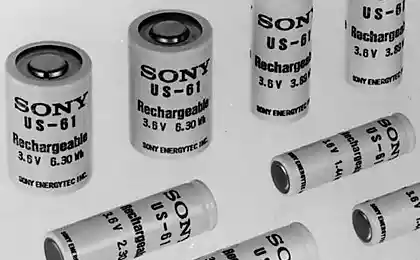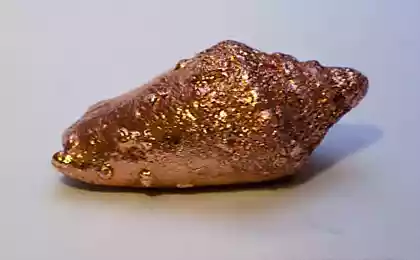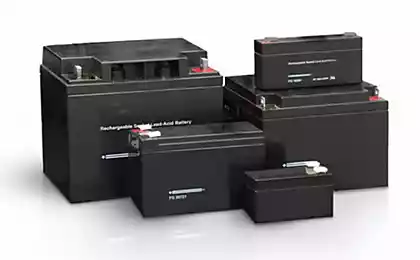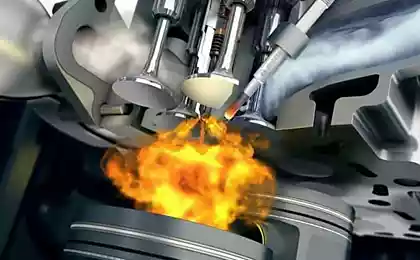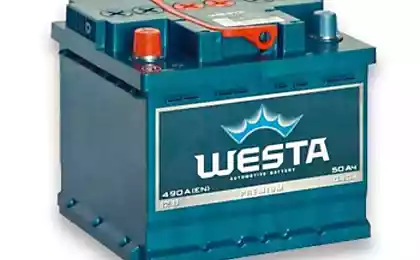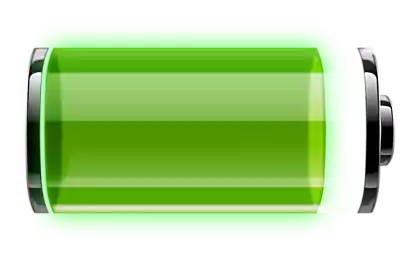377
Stanford scientists have developed an affordable battery based on urea
Researchers at Stanford University have developed a new battery that could revolutionize renewable energy storage.
Using urea, an affordable, natural and readily available material found in mammalian urine and fertilizer, researchers have for the first time created a battery that is noticeably more efficient than all previous versions.
The battery, created by Stanford University chemistry professor Honjie Dai and doctoral student Michael Angell, uses an electrolyte made from urea, a material that is produced in massive industrial quantities for use in plant fertilizers.
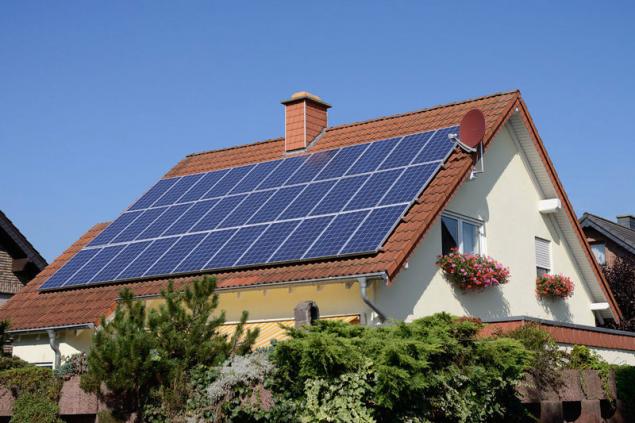
Non-flammable and assembled with electrodes made of common materials such as aluminum and graphite, the battery is a way of inexpensively storing energy from many sources — including renewable energy sources.
So essentially you have a battery made from some of the cheapest and most common materials you can find on the planet. And it actually has good performance, Day says.
Who would have thought you could take graphite, aluminum, urea, and actually make a battery that can run for quite some time?
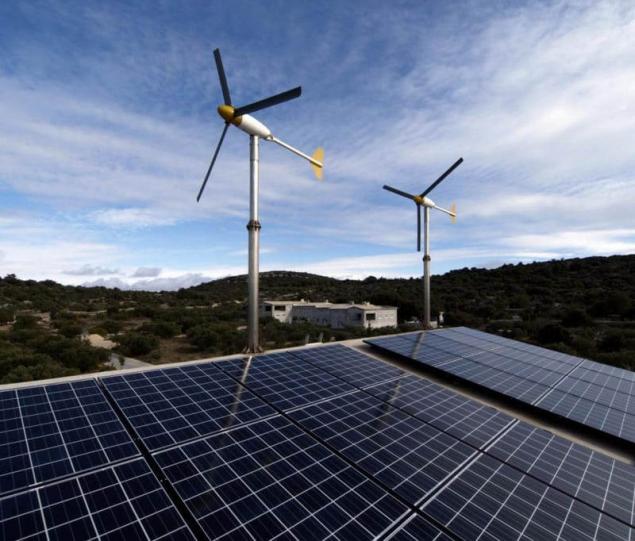
Day and his team were the first to create a rechargeable aluminum battery in 2015, charging in less than one minute, withstanding thousands of charge-discharge cycles. However, this version of the battery had one major drawback: an expensive electrolyte.
The latest version of the battery contains a urea-based electrolyte and costs about 100 times cheaper than the 2015 model, with higher efficiency, but the charging time is 45 minutes.
For the first time, urea is used to create a battery. According to Day, the price difference between the two batteries is huge. The team recently reported their work in the journal Proceedings of the National Academy of Sciences.
Unlike fossil fuel energy, solar energy can only be used when the sun is shining. The solar panel transmits energy to the electrical grid during the daytime. If this energy is not consumed immediately, it is lost as heat.
As demand for renewable energy technologies grows, there is a need for cheap, efficient batteries to store energy that can be used at night or cloud time. Modern batteries, such as lithium-ion or lead-acid batteries, are expensive and have a limited lifespan.
Day and Angell's battery could provide a solution to the energy storage problem.
“It's cheap. It's effective. Our goal is to store energy, Angell said.
Storing energy on the grid is also a realistic goal because of the low cost of the battery, high efficiency and long lifespan. One type of efficiency is Coulomb efficiency, which measures how much charge a battery loses per unit of charge it takes in the charging process. Coulomb efficiency for this battery is very high - 99.7 percent.
Also, efficient lithium-ion batteries, which are commonly found in small electronics and other devices, can be flammable. A urea-based battery is not flammable and therefore poses less risk.
“I’d like to feel safe knowing that a urea-based battery in my home won’t cause a fire,” Day said.
A group of scientists received a license for patents for the battery for the company AB Systems. A commercial version of the battery is currently under development.
To meet all the requirements of grid energy storage, a commercial battery will need to have a lifespan of at least ten years.
According to Day, there is a great demand for a battery suitable for grid storage; he receives many letters from firms or individuals interested in developing aluminum batteries. And with the technology being developed, its success depends only on the interest of companies and consumers.
“With this battery, the dream of solar energy being stored in every home will become a reality,” Day said. “Maybe it will change everyday life. We don't know.
This research is supported by the Department of Energy, The Global Networking Talent 3.0 Plan, the Ministry of Education of Taiwan and the Taishan Scholar Project.
P.S. And remember, just changing our consumption – together we change the world!
Source: facepla.net/thenews/energy-news-mnu/5554-%D0%B0%D1%82%D0%B0%D1%80%D0%B5%D1%8F-%D0%BC%D0%BE%D1%87%D0%B5%D0%B2%D0%B0%B0.html
Using urea, an affordable, natural and readily available material found in mammalian urine and fertilizer, researchers have for the first time created a battery that is noticeably more efficient than all previous versions.
The battery, created by Stanford University chemistry professor Honjie Dai and doctoral student Michael Angell, uses an electrolyte made from urea, a material that is produced in massive industrial quantities for use in plant fertilizers.

Non-flammable and assembled with electrodes made of common materials such as aluminum and graphite, the battery is a way of inexpensively storing energy from many sources — including renewable energy sources.
So essentially you have a battery made from some of the cheapest and most common materials you can find on the planet. And it actually has good performance, Day says.
Who would have thought you could take graphite, aluminum, urea, and actually make a battery that can run for quite some time?

Day and his team were the first to create a rechargeable aluminum battery in 2015, charging in less than one minute, withstanding thousands of charge-discharge cycles. However, this version of the battery had one major drawback: an expensive electrolyte.
The latest version of the battery contains a urea-based electrolyte and costs about 100 times cheaper than the 2015 model, with higher efficiency, but the charging time is 45 minutes.
For the first time, urea is used to create a battery. According to Day, the price difference between the two batteries is huge. The team recently reported their work in the journal Proceedings of the National Academy of Sciences.
Unlike fossil fuel energy, solar energy can only be used when the sun is shining. The solar panel transmits energy to the electrical grid during the daytime. If this energy is not consumed immediately, it is lost as heat.
As demand for renewable energy technologies grows, there is a need for cheap, efficient batteries to store energy that can be used at night or cloud time. Modern batteries, such as lithium-ion or lead-acid batteries, are expensive and have a limited lifespan.
Day and Angell's battery could provide a solution to the energy storage problem.
“It's cheap. It's effective. Our goal is to store energy, Angell said.
Storing energy on the grid is also a realistic goal because of the low cost of the battery, high efficiency and long lifespan. One type of efficiency is Coulomb efficiency, which measures how much charge a battery loses per unit of charge it takes in the charging process. Coulomb efficiency for this battery is very high - 99.7 percent.
Also, efficient lithium-ion batteries, which are commonly found in small electronics and other devices, can be flammable. A urea-based battery is not flammable and therefore poses less risk.
“I’d like to feel safe knowing that a urea-based battery in my home won’t cause a fire,” Day said.
A group of scientists received a license for patents for the battery for the company AB Systems. A commercial version of the battery is currently under development.
To meet all the requirements of grid energy storage, a commercial battery will need to have a lifespan of at least ten years.
According to Day, there is a great demand for a battery suitable for grid storage; he receives many letters from firms or individuals interested in developing aluminum batteries. And with the technology being developed, its success depends only on the interest of companies and consumers.
“With this battery, the dream of solar energy being stored in every home will become a reality,” Day said. “Maybe it will change everyday life. We don't know.
This research is supported by the Department of Energy, The Global Networking Talent 3.0 Plan, the Ministry of Education of Taiwan and the Taishan Scholar Project.
P.S. And remember, just changing our consumption – together we change the world!
Source: facepla.net/thenews/energy-news-mnu/5554-%D0%B0%D1%82%D0%B0%D1%80%D0%B5%D1%8F-%D0%BC%D0%BE%D1%87%D0%B5%D0%B2%D0%B0%B0.html
After three years in Japan, there will be convoys of trucks without drivers
Iris eTrike electric tricycle new generation


